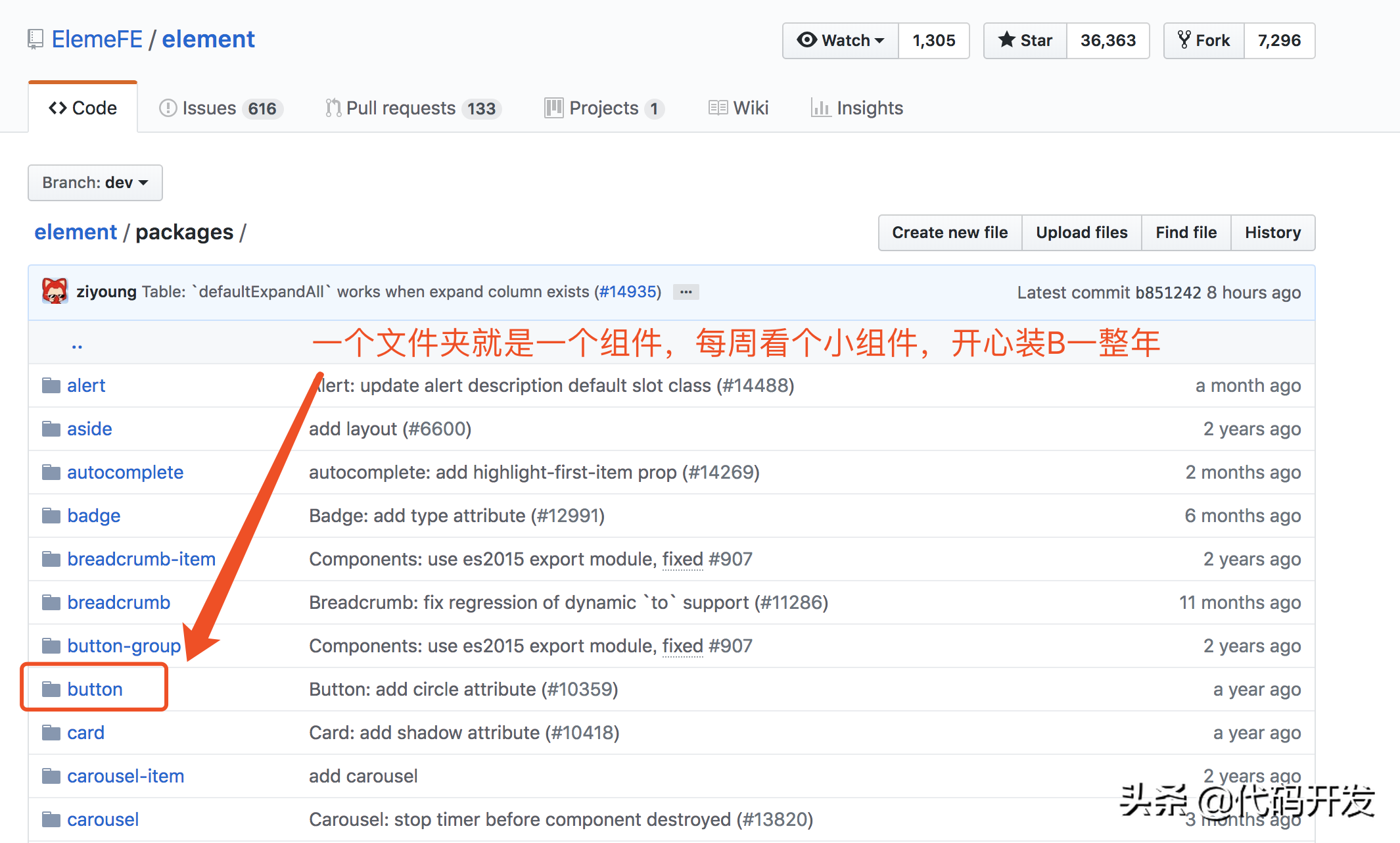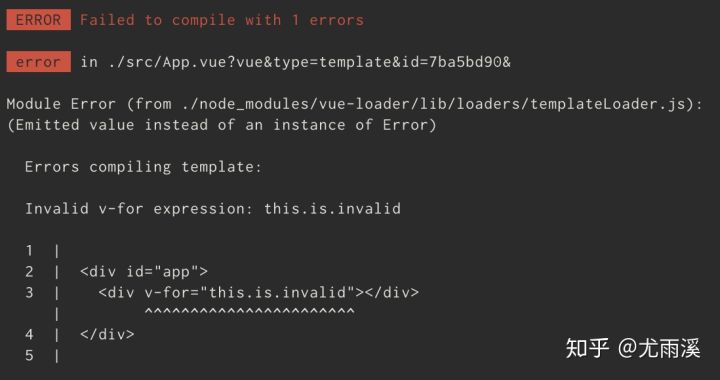
介绍
在Vue中提供了一个内置组件:「slot」,官方称之为「插槽」。其作用主要是为了做内容分发。内容分发这个词理解起来可能不太直观,如果学习过Angular,就可以将它理解为Angular中的ng-content,ng-content的解释是「内容投影」,就将内容投影到组件的ng-content中。slot和它的作用是一样的。
如何使用
在官方中给出了通过插槽分发内容的例子。

首先定义一个组件,在组件模板中使用「slot」标记插槽在模板中的位置:
Vue.component('alert-box', {
template: `
Error!
`
})
使用自定义组件:
Something bad happened.
其中, “Something bad happened.”作为内容被分发到自定义组件中的「slot」处,效果如下:
Error!
Something bad happened.
这样我们就通过使用「slot」完成了内容分发。
应用场景
slot的应用场景有很多,如通过slot实现统一的布局、结构、效果等。在 Element UI中就有许多使用slot的组件。如表单中的FormItem:
{{validateMessage}}
在FormItem组件中,使用到了3个slot,从上而下它们的作用分别是:
进阶
命名
在FormItem的例子中,发现在slot中使用到了name属性。name是用来命名插槽的。在模板中通过name来区分多个插槽。
要实现上面的效果,就可以使用具名插槽:
不带name属性的插槽,会带有隐含的名字“default”。使用如下:
Here might be a page title
A paragraph for the main content.
And another one.
Here's some contact info
渲染效果如下:
Here might be a page title
A paragraph for the main content.
And another one.
缩写
具名插槽的使用时的v-slot可以缩写为:
Here might be a page title
A paragraph for the main content.
And another one.
Here's some contact info
插槽 prop
在实际开发过程中,很多时候需要将组件内的数据通过slot的方式提供给外部使用,此时,就是通过slot属性的方式将数据传递到组件外:
current-user
{{ user.lastName }}
使用时:
{{ slotProps.user.firstName }}
只有默认插槽时,我们可以对上面的使用方式进行简化:
{{ slotProps.user.firstName }}
不带参数的slot默认为default,所以还可以简化为:
{{ slotProps.user.firstName }}
解构插槽prop
在ES中,提供了对象解构功能,所以我们也可以使用解构的方式来处理slot:
{{ user.firstName }}
此处可以理解为:
let { user } = slotProps
通过解构的方式,将slotProps的user属性提取出来。
总结
「slot」的内容分发功能,可以帮助开发者更加方便的实现布局结构组件化的复用。同样也是开发者进阶的一个标志。
限 时 特 惠: 本站每日持续更新海量各大内部创业教程,一年会员只需98元,全站资源免费下载 点击查看详情
站 长 微 信: lzxmw777






